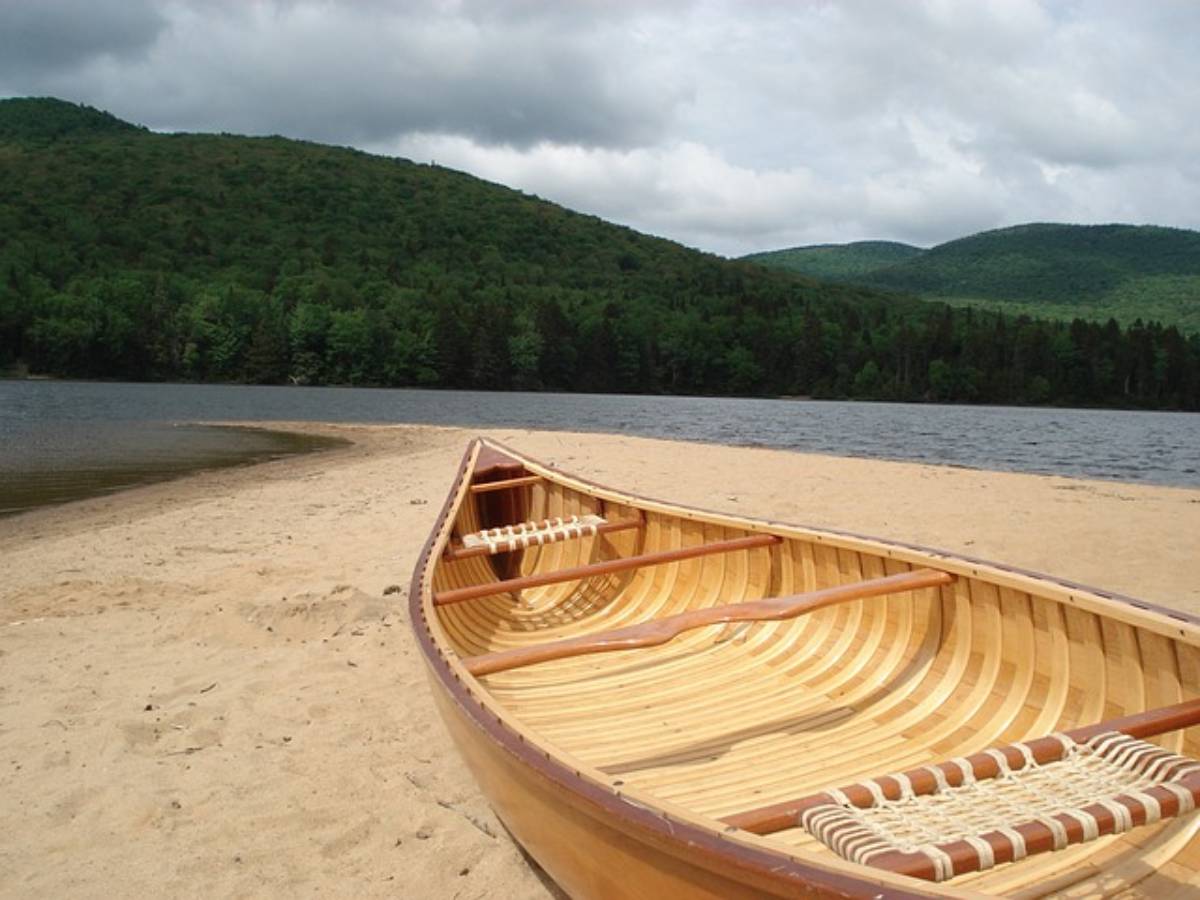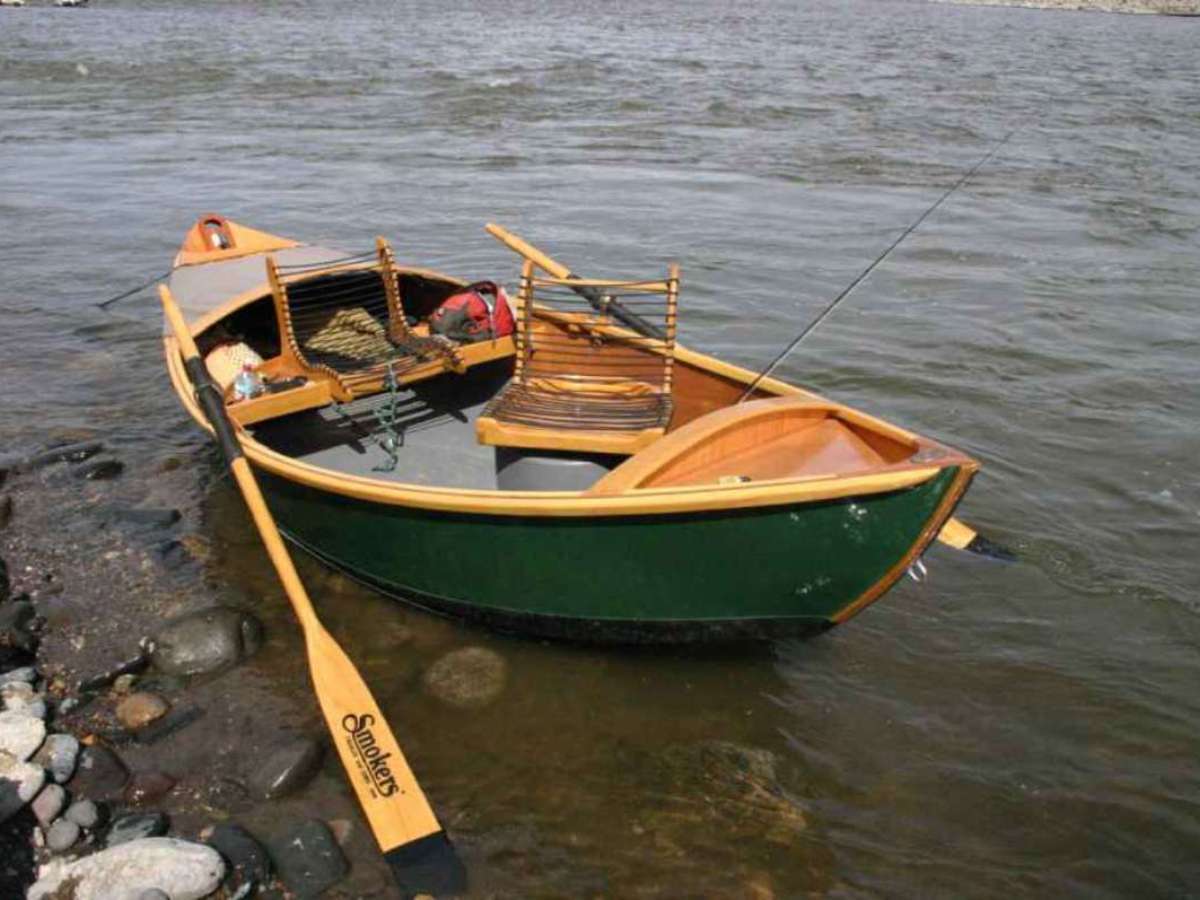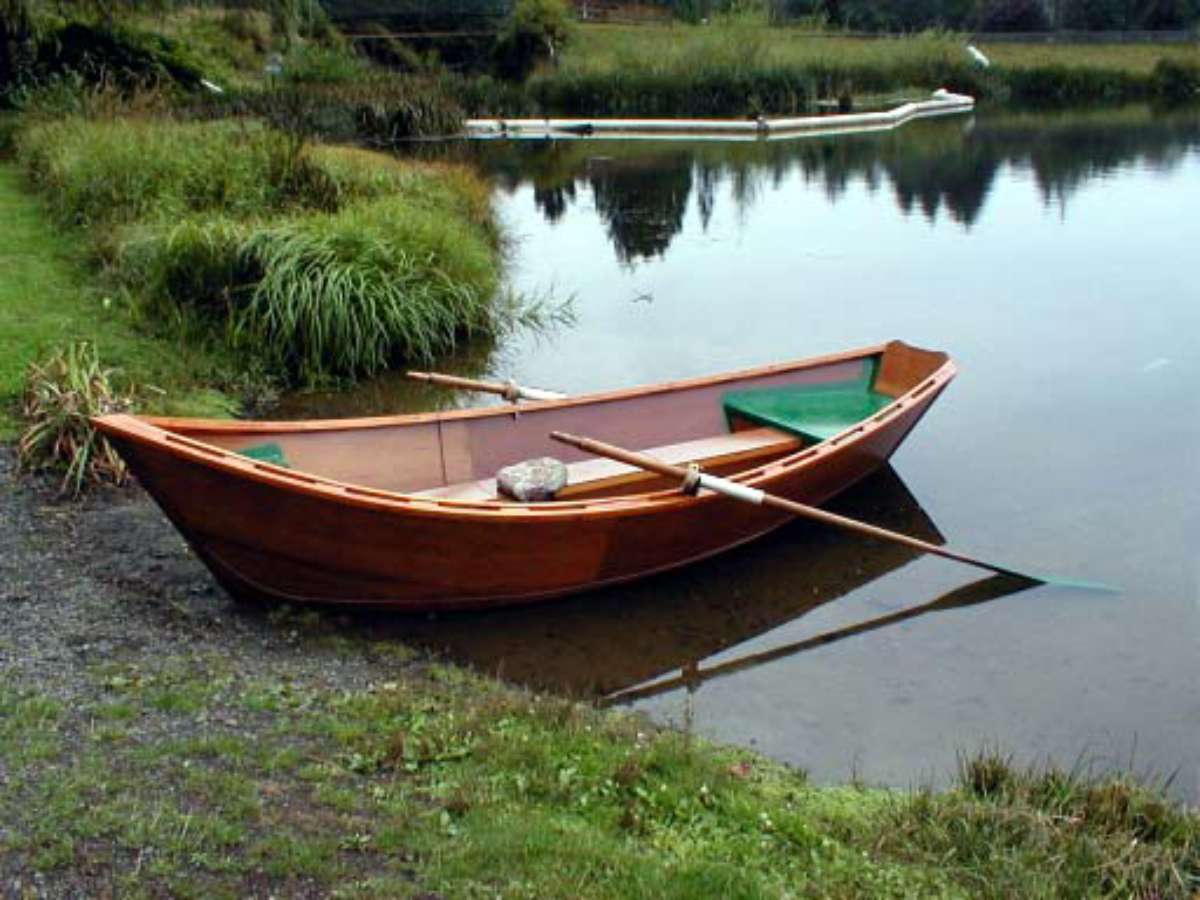A fly reel attaches to the handle end of the fly rod. Fly reels are used to hold the backing and fly line and sometimes to help you play the fish back to your hand or net.
Again, I heeded the collective advice of those same fly shop experts. They helped me choose a modestly priced reel with an adequate drag system that would easily handle the average size fish in my local streams and rivers.
I have seen fly reels priced in the thousands of dollars. I am sure they are very fine pieces of machined metal and feats of engineering, but I’ve never gotten to use one in that category. I think my second one cost less than $100. It’s fine for most situations I find myself in. By the same token, I have a bigger reel or two laying around just in case I get the opportunity to go fishing for some of the big boys that reside in some of the waters I have access to fish.
Decide on your budget and then go shopping.
Differences In Fly Reels
If you’ve ever done any other type of fishing, you’ll probably be a little underwhelmed by the apparent simplicity of a fly reel. Don’t let its looks fool ya though. You’ll notice it looks like a wheel with a bunch of holes in it. Yer right. The holes allow water to drain/dry off of the line. You can’t have water trapped in there or soon you’ll have smelly mildew and enough mold to open up your own penicillin factory. Those holes also remove a little extra weight. Probably the next thing you’ll notice is the drag system.
Some fly reels have almost no drag system whatsoever, just a little gear and clicker, actually they are called a click and pawl system. Reminds me of a design a watchmaker might have come up with to tick away the seconds. Then there are reels with seriously engineered, adjustable drag systems. You will need an adjustable drag system if you are fishing for larger fish. You’ll appreciate how an adjustable drag system can smoothly put the brakes on a running fish, helping to slow its run and tire it out while minimizing the chances of line breakage.
There are fly reels made for freshwater, some made for saltwater. The main difference is that saltwater reels are made with materials that will withstand the more corrosive environment in which they will be used.
There are small fly reels made for landing 6″ mountain stream trout all the way to huge reels made to land giant saltwater fish like tarpon and marlin and so forth. The latter is especially an example of the need for a reel with an advanced and effective adjustable drag system.
How To Decide
You should really get a hands on “test drive” before you buy. I would also suggest buying your rod and reel at the same time if possible. That way you can actually try them out together at a fly shop. This really helps you to put together a balanced rig. You don’t want a reel that’s too big and heavy for the rod you selected or the other way around. The pro behind the counter at a quality fly shop can easily show you the difference between a balanced rig and one that is mis-matched. A balanced rig is joy to use. It feels nearly weightless in your hand. The components compliment one another. They just fit and in turn, become a nice set of tools to use.
One other thing — Some people say a fly reel is just used to hold your line so don’t spend much money on it. I bought the cheapest fly reel I could find once. I was sooooo disappointed. The tolerances between the parts were sloppy, the thing jammed up or quit working at just the wrong moment. It was very frustrating. I’ll say this, and I’ll probably say the same thing time and time again – Buy the best you can comfortably afford. It’s so much nicer to work with good equipment than it is to work with shoddy gear. I’m not saying price is the only indicator of quality. Many times it is not. There is such a thing as over priced junk. Put your eyes on the prospective new gear. Check its workings. Get recommendations from friends. In other words, do your homework.
Sharp hooks and tight lines,
Ron



